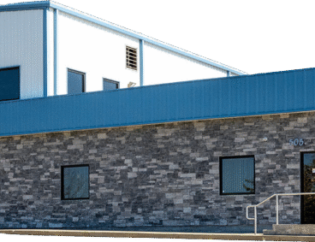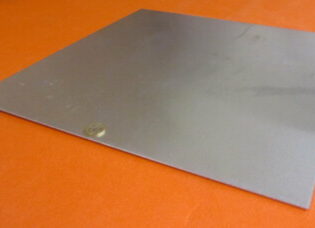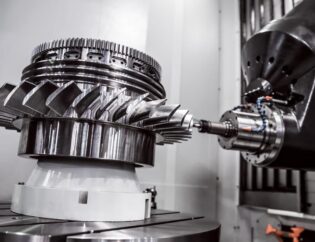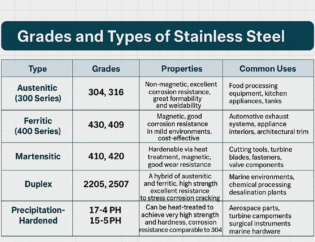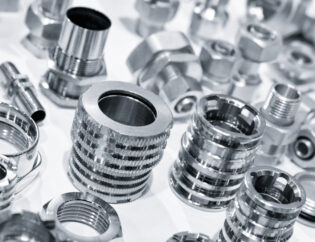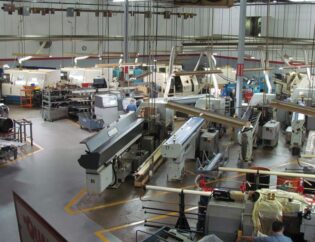High-Density Polyethylene (HDPE) machining is a crucial process in various industries, from packaging to construction. As a versatile thermoplastic, HDPE offers excellent durability, chemical resistance, and low moisture absorption. Understanding the intricacies of machining HDPE is essential for manufacturers aiming to optimize production efficiency and product quality.
In this guide, readers will explore the fundamental principles of HDPE machining, including material properties, cutting techniques, and tooling considerations. We will delve into best practices that enhance precision and reduce waste, ensuring a smoother machining process.
Additionally, the guide will cover common challenges faced during HDPE machining and provide practical solutions to overcome them. By the end, readers will be equipped with the knowledge to effectively machine HDPE, leading to improved outcomes in their projects.
Machining High Density Polyethylene (HDPE): A Comprehensive Guide
High-Density Polyethylene (HDPE) is a resilient thermoplastic widely recognized for its versatility across various industries, from construction to consumer goods. This guide will delve into the technical features, types, and applications of HDPE, providing insights into its machining processes and benefits.
Technical Features of HDPE
HDPE is known for its impressive mechanical properties, making it suitable for a wide range of applications. Below is a comparison table highlighting the key technical features of HDPE:
| Property | Value |
|---|---|
| Melting Temperature | 130°C (266°F) |
| Tensile Strength | 2,900 PSI (20 MPa) |
| Elongation at Break | 600% – 1350% |
| Impact Strength | 69 J/m |
| Elongation at Yield | 9% – 18% |
| Flexural Modulus | 970 – 1,380 MPa |
| Glass Transition Temperature | 130°C |
| Hardness (Shore D) | 62.3 |
| Heat Deflection Temperature | 85°C (185°F) |
| Operating Temperature Max | 120°C (248°F) |
These properties make HDPE an ideal choice for applications requiring durability, chemical resistance, and lightweight characteristics.
Types of HDPE
HDPE comes in various forms, each tailored for specific applications. The following table outlines the different types of HDPE and their unique characteristics:
| Type | Description |
|---|---|
| Standard HDPE | Basic form, economical, and widely used in various applications. |
| UV-Resistant HDPE | Contains additives to protect against UV degradation, ideal for outdoor use. |
| Cross-linked HDPE (PEX) | Chemically bonded for enhanced strength, suitable for hot water applications. |
| High-Molecular-Weight HDPE | Offers superior impact strength and wear resistance for demanding environments. |
| Ultra-High-Molecular-Weight HDPE (UHMWPE) | Known for extreme toughness and abrasion resistance, used in high-wear applications. |
| Fiber-Reinforced HDPE | Reinforced with fibers for improved mechanical properties, ideal for structural applications. |
Each type of HDPE serves distinct purposes, making it a versatile material in manufacturing.
Machining Processes for HDPE
Machining HDPE requires specific techniques to ensure optimal results. Here are some common machining processes used for HDPE:
- CNC Milling: Preferred for creating intricate shapes and designs, CNC milling allows for high precision in machining HDPE parts.
- CNC Routing: Effective for cutting cavities and complex profiles, CNC routing is commonly used in production environments.
- CNC Drilling: This technique is essential for creating accurate holes, ensuring smooth finishes for assembly components.
- CNC Turning: Ideal for producing cylindrical components, CNC turning ensures high dimensional accuracy in HDPE parts.
These processes are crucial for achieving the desired specifications and quality in HDPE components.
Benefits of Machining HDPE
Machining HDPE offers numerous advantages, making it a preferred choice in various industries:
– Lightweight Yet Durable: HDPE parts are lighter than those made from heavier materials, providing performance without compromising strength.
– Exceptional Toughness: With high impact strength, HDPE can withstand harsh environmental conditions, making it suitable for outdoor applications.
– Safe for Food Contact: HDPE is FDA-approved for food packaging, ensuring safety and compliance in food processing industries.
– Cost Efficiency: The low raw material cost and ease of machining make HDPE a cost-effective option for manufacturers.
– Non-Toxic Properties: HDPE is safe for consumer products, enhancing confidence in its use for toys and food packaging.
These benefits highlight why HDPE is a popular choice for manufacturers, as seen on platforms like aipprecision.com and at-machining.com.
Applications of HDPE
HDPE is utilized across various sectors due to its versatility and performance. Common applications include:
– Household Appliances: Used in casings and components for electrical devices, HDPE provides thermal stability and electrical insulation.
– Food Storage Solutions: HDPE is widely used for food containers, ensuring safety and durability in food packaging.
– Electrical Applications: Its low dielectric constant makes HDPE suitable for protective conduits and insulators in electrical systems.
– Automotive Industry: HDPE is used for fuel tanks, offering low moisture absorption and corrosion resistance.
– Toys and Play Equipment: Non-toxic and moisture-resistant, HDPE is ideal for manufacturing safe toys and playground equipment.
– Construction Materials: HDPE pipes are preferred for their high corrosion resistance and tensile strength, making them suitable for various applications.
These applications demonstrate the adaptability of HDPE in meeting industry demands.
Conclusion
High-Density Polyethylene (HDPE) is a remarkable material that combines strength, durability, and versatility. Its various types and machining processes make it suitable for a wide range of applications across different industries. As manufacturers continue to seek efficient and cost-effective solutions, HDPE remains a top choice for producing high-quality components.
FAQs
Q: What is HDPE and why is it used in machining?
A: HDPE, or High-Density Polyethylene, is a thermoplastic polymer known for its high strength-to-density ratio, making it ideal for various applications in industries such as automotive, construction, and consumer goods.
Q: What are the main types of HDPE?
A: The main types of HDPE include Standard HDPE, UV-Resistant HDPE, Cross-linked HDPE (PEX), High-Molecular-Weight HDPE, Ultra-High-Molecular-Weight HDPE (UHMWPE), and Fiber-Reinforced HDPE, each serving specific applications.
Q: What machining processes are commonly used for HDPE?
A: Common machining processes for HDPE include CNC Milling, CNC Routing, CNC Drilling, and CNC Turning, each providing precision and efficiency in producing HDPE components.
Q: What are the benefits of using HDPE in manufacturing?
A: Benefits of HDPE include its lightweight yet durable nature, exceptional toughness, safety for food contact, cost efficiency, and non-toxic properties, making it suitable for various applications.
Q: How does HDPE compare to other plastics in machining?
A: HDPE is generally easier to machine than many other plastics due to its lower melting point and higher impact resistance, but it requires careful temperature control and appropriate tooling to avoid deformation.

